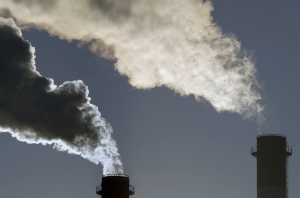In becoming a signatory to the Paris Agreement, the federal government has accepted the risk of a significant future liability as Australia begins to transform its economy. At the same time, debate continues over the design of policy to meet Australia’s current and future emissions targets, including which emission reduction opportunities should be pursued, and the cost of transitioning to a 1.5-2 degree aligned emissions trajectory.
While Australia’s policy environment remains uncertain, scrutiny of the impact of climate risk on Australian businesses has grown, with the Australian Securities and Investments Commission (ASIC) and the Australian Prudential Regulation Authority (APRA) affirming that companies will be required to systematically monitor, disclose and discuss the risks of climate change, in line with a 1.5-2 degree pathway.
This has led to the more critical analysis of science based targets by Australian businesses as many companies seek to understand the potential cost and impact of transitioning to a 1.5-2 degree constrained pathway.
As decision makers seek robust figures from which to make more informed decisions, in this study, we provide a quantitative basis for identifying emissions reduction opportunities across the Australian economy, in the form of a marginal abatement cost (MAC) curve.
Analysis identifies over 150 greenhouse gas (GHG) abatement opportunities across 10 sectors of the economy, measuring the size and cost of each activity, and the potential for activities to contribute to a series of emissions reduction targets under the Paris Agreement.
By providing a detailed view of abatement potential and costs by industry, the MAC curve provides key insights of which sectors are likely to contribute large-scale emissions reductions under the Paris Agreement, and the most effective levers to capitalise on abatement opportunities. In this way, modelling aims to support decision makers as they begin to explore the steps needed to meet a 1.5-2 degree target, and cost of transitioning the Australian economy.
Please login to access our full report (PDF) via the downloads box below.















